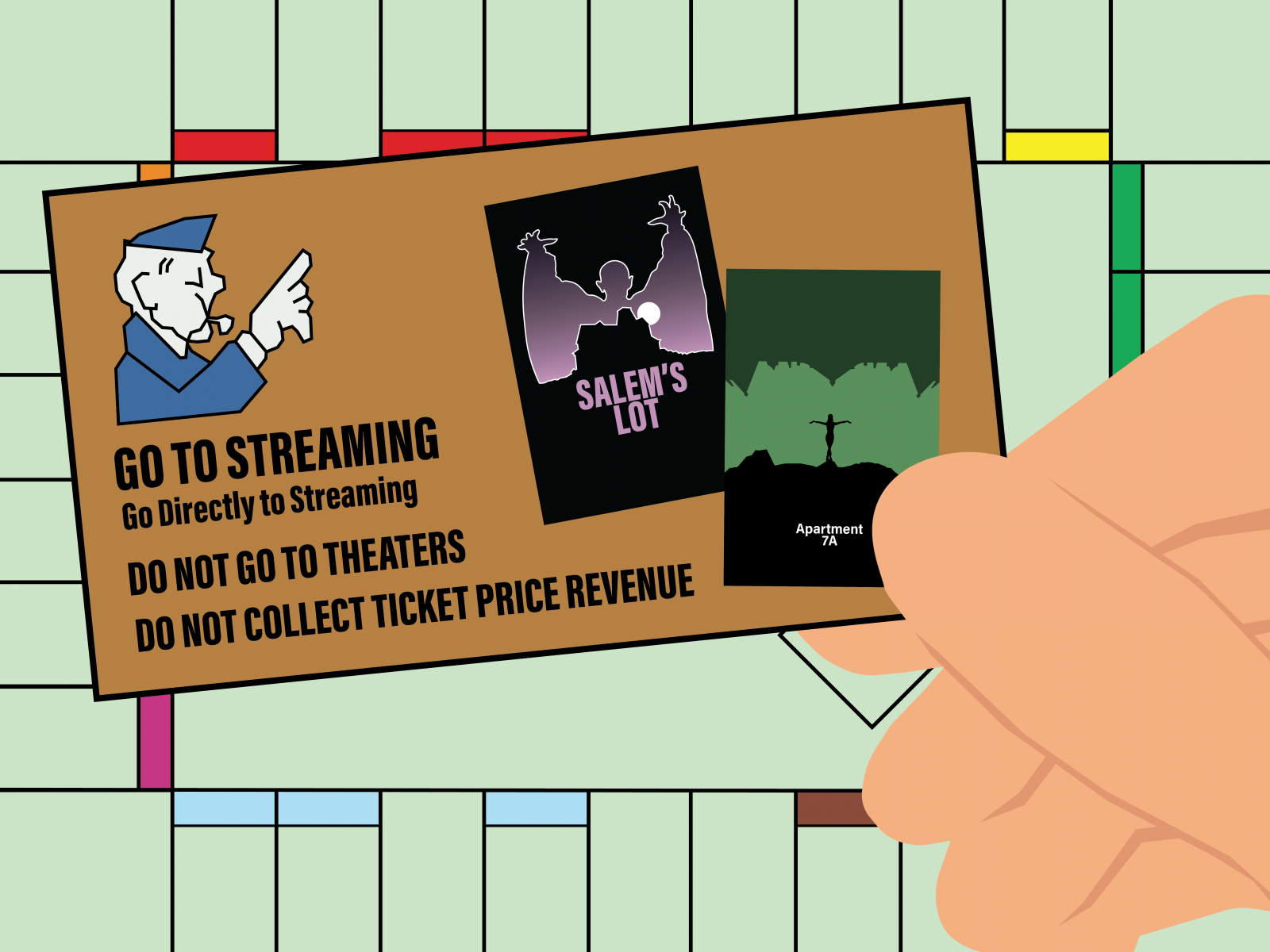At one moment in time, Abercrombie & Fitch was the uptrend of high school fashion. Everywhere you would turn, you were bound to see a classmate rocking a t-shirt with the brand plastered across their chest or down their sleeve.
New Netflix documentary, “White Hot: The Rise & Fall of Abercrombie & Fitch,” takes a deep dive into the company’s peak and what eventually led to its downfall.

The film follows the vision that former CEO Mike Jeffries had for the company — pointing out the deliberate exclusion that Abercrombie & Fitch practiced. The emphasis on white, fit and good-looking models and employees was the basis of their brand.
At the time of the company’s rise, the popularity of shopping malls was at its highest. After school, you would find kids roaming the mall, looking for the next big fashion trend. When Abercrombie & Fitch popped up, it was a store, unlike its competitors. The windows were blacked out, the music would be on max volume and models would stand right near the entrance.
The company thrived on exclusivity. They were creating a brand that was tailored to the average upper-class white teenager. The goal was to create a brand that created a middle ground between the sex appeal of Calvin Klein and the preppiness of Ralph Lauren — creating the perfect combination for high schoolers all over the country and even the globe.
The clothing brand quickly became more than just a store to buy new clothes from. Kids began cutting out pictures of models from their famous shopping bags — many of them shirtless — and posted them all over their school lockers. People started admiring the models, putting them up on this unattainable pedestal.
Abercrombie & Fitch created a clothing line that didn’t emphasize clothing. Its advertisements usually featured a topless male model, which would still be easily recognized as an Abercrombie & Fitch advertisement. It would advertise a lifestyle, not a brand, which both led to its success and its immediate downfall.
Along with the explanation of the company’s rise, the documentary focuses on its fall — noting all of the legal battles it faced. In 2003, a group of nine former employees came together and sued the company for discrimination. Non-white employees were given after-hours shifts, pushed to the back of the store and oftentimes fired without a real cause. The company blatantly favored white, skinny employees and pushed them to the front of all of its stores.
The company continued to stay popular even through these lawsuits because of the culture that it created. It created a brand that middle and high school students glorified, always wanting an Abercrombie & Fitch shirt to wear to school.
As lawsuits continued and the company didn’t change, Abercrombie & Fitch began to fall. The “coolness” factor began to wear off as discrimination became more and more obvious to the general public.
Another lawsuit came into light, including one about Abercrombie & Fitch’s photographer Bruce Weber, who was accused of sexual harrassment and assault.
Netflix’s deep dive into the clothing company will not only open viewers’ eyes to all of its pitfalls, but to the control it had in shaping generations of youths.





















































































































